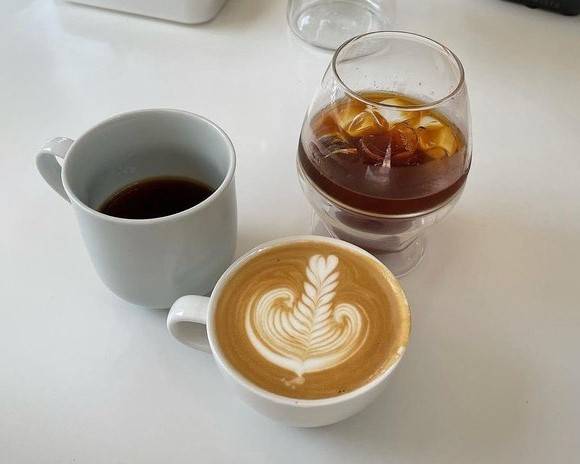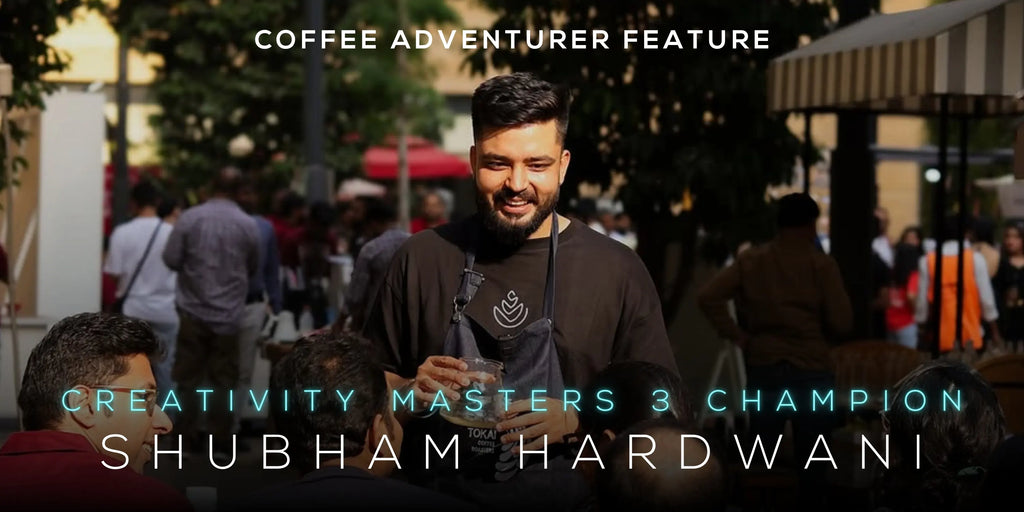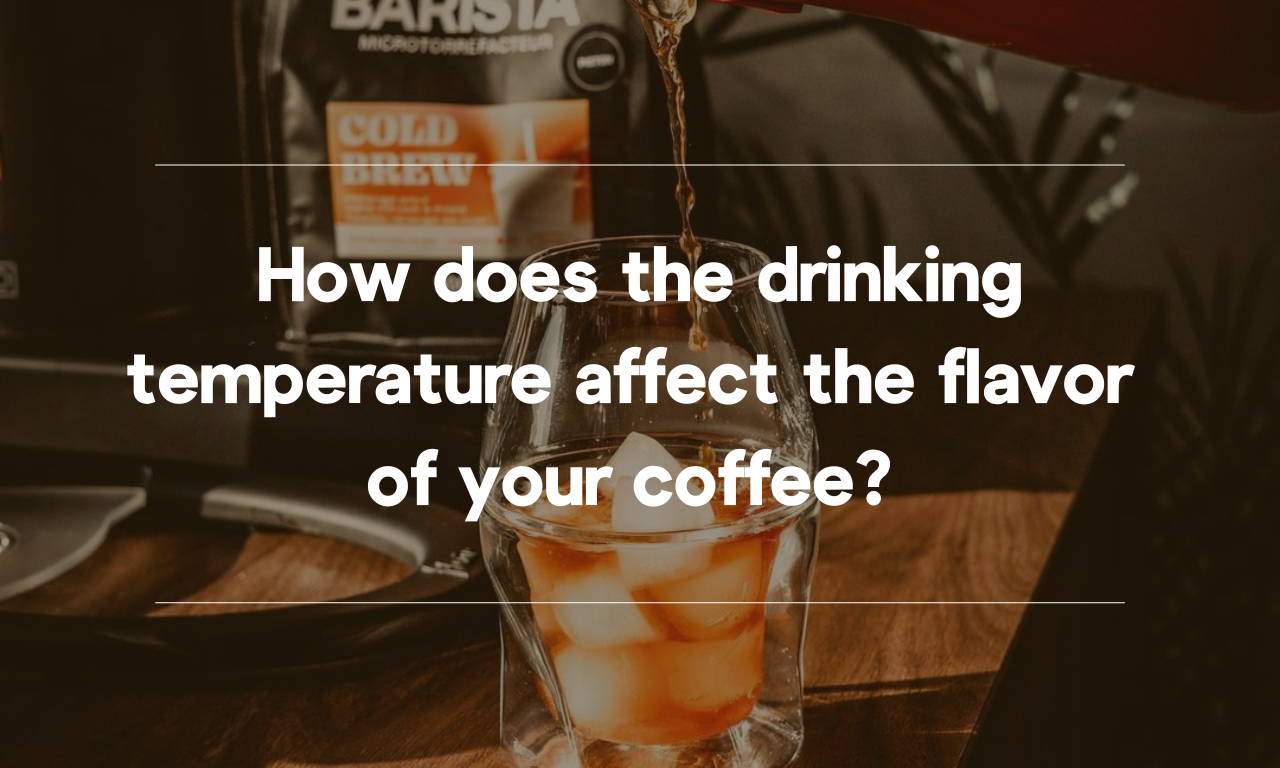
Are you looking to improve the flavor and sensory experience of your coffee?
If so, the temperature of your coffee could be a key factor to consider. Temperature is a crucial factor in the taste and sensory experience of coffee. Not only does it affect the extraction of flavors and aromas from the coffee beans, but it plays a key role in your perception of the aromas and flavors when you drink it!
In this article, we'll explain why the temperature of your coffee is important for flavor and taste, and provide some tips on how to get the most out of your daily cup of joe, simply by taking notice of the temperature of your brew.
What is the perfect temperature to drink coffee?
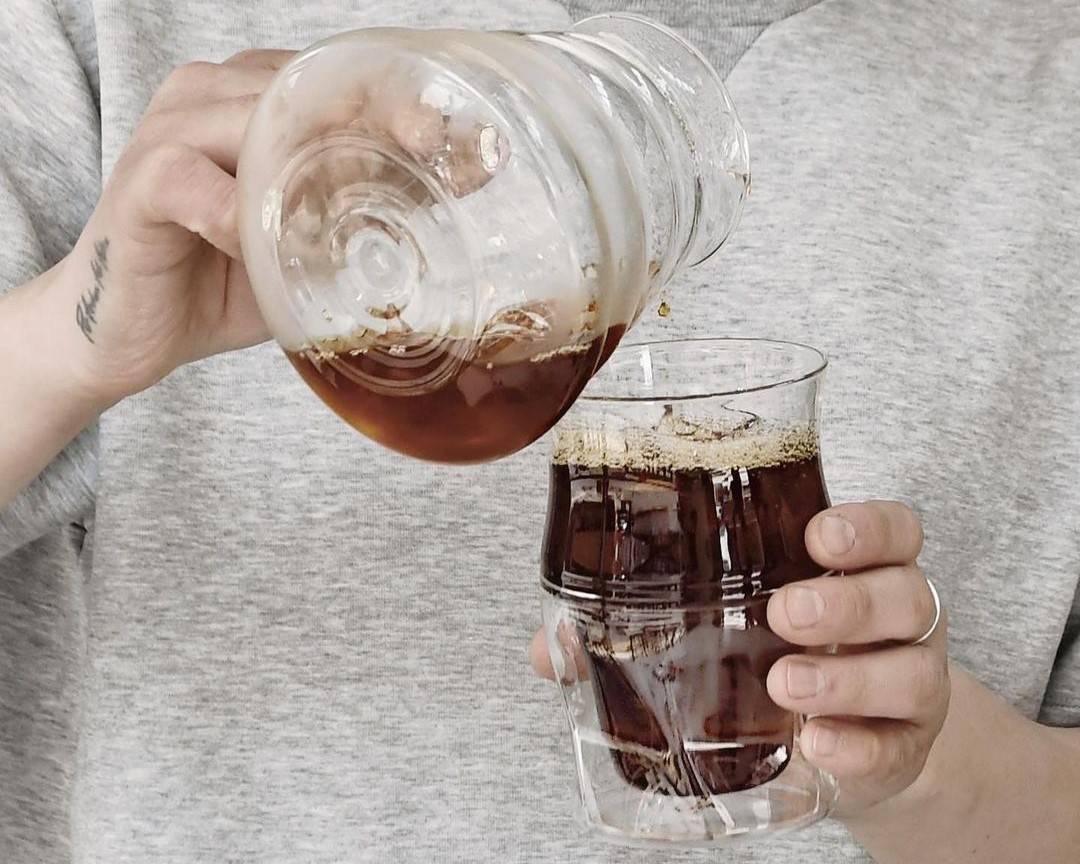
Image from @avensi_korea
If you're anything like me, you know that coffee is so much more than just a caffeine fix. It's a complex beverage with a wide range of flavors and aromas, much like wine, and the temperature at which you drink it can greatly affect the way it tastes and smells.
Did you know that coffee is made up of over 1,000 different compounds that contribute to its unique flavor and aroma? These compounds include acids, sugars, amino acids, and volatile compounds, all of which interact with each other to create the depth and variety of flavors we love in our coffee. From fruity and floral notes to chocolate and smoky flavors, coffee is a true sensory experience.
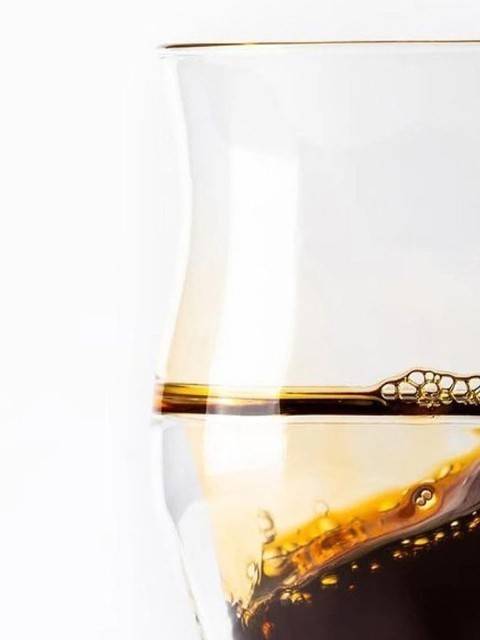
Image from @kahvelernet
After brewing your cup, serving the coffee at the appropriate temperature for consumption—which for most people will be between 140-158 degrees Fahrenheit (60-70 °C)—will allow the flavors and aromas to be fully appreciated, while still being comfortable to drink.
However, it is important to note that the flavors, aromas, and notes you perceive will greatly vary depending on the temperature you consume your coffee at. Research suggests that coffees perceived at temperatures around 140-158 degrees Fahrenheit (60-70 °C) tend to be roasted, earthy, and intense, whereas coffees perceived at cooler temperatures around 87 - 99 degrees Fahrenheit (31-37 °C) offer a higher detectable number of flavors, with sweet, fruity, floral, herbal, acidic, and nutty tasting notes becoming more prominent within this temperature range. It’s in this range where you’ll really get to experience the defining characteristics of coffee!
So now that you know temperature does indeed affect your coffee drinking experience, how exactly does temperature affect the way we perceive these flavors in coffee? Let's take a closer look:
Bitterness

The perception of bitterness in coffee is influenced by the temperature at which it is consumed. According to a study published in the Food Quality and Preference journal, the bitterness of coffee decreases as the temperature increases (up to a certain point). The researchers found that the optimal temperature for perceiving the bitterness of coffee is around 122 degrees Fahrenheit (50 °C). At this temperature, the bitterness of the coffee was rated as the most intense by the participants.
As the temperature increased above 122 degrees Fahrenheit (50 °C), the perceived bitterness decreased. So, if you want to really taste the bitterness in your coffee, you'll want to drink it at a temperature around the 122 degrees Fahrenheit (50 °C) range.
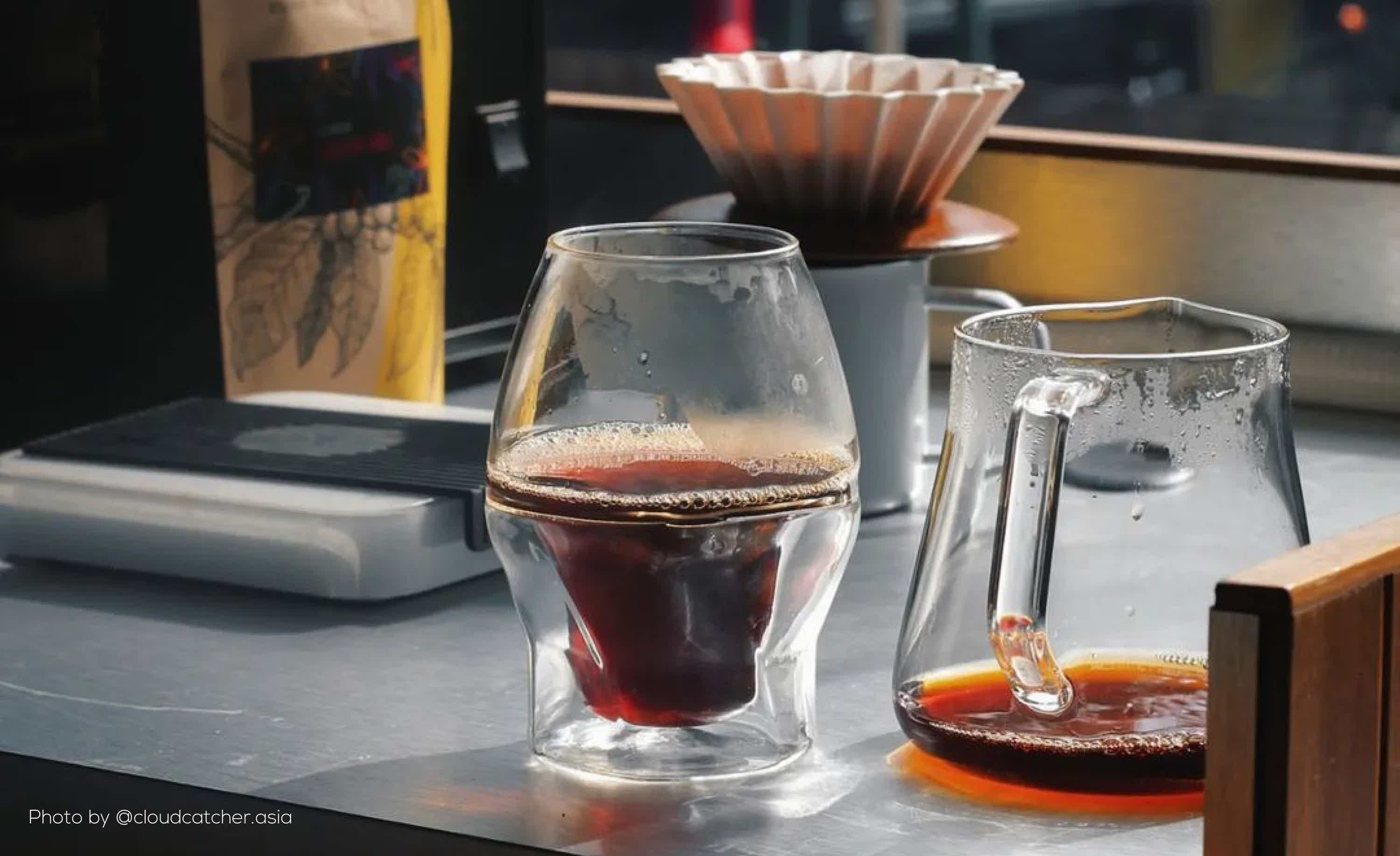
Say hello to your new coffee e-zine for the most interesting news, tips, and trends in the world of coffee.
Acidity

The perception of bitterness in coffee is influenced by the temperature at which it is consumed. According to a study published in the Food Quality and Preference journal, the bitterness of coffee decreases as the temperature increases (up to a certain point). The researchers found that the optimal temperature for perceiving the bitterness of coffee is around 122 degrees Fahrenheit (50 °C). At this temperature, the bitterness of the coffee was rated as the most intense by the participants.
As the temperature increased above 122 degrees Fahrenheit (50 °C), the perceived bitterness decreased. So, if you want to really taste the bitterness in your coffee, you'll want to drink it at a temperature around the 122 degrees Fahrenheit (50 °C) range.
Sweetness

The perception of sweetness in coffee is also affected by temperature. A study published in the Food Science and Technology journal found that the sweetness of coffee increases as the temperature decreases. The researchers found that at lower temperatures (below 122 degrees Fahrenheit / 50 °C), the sweetness of the coffee was rated as more intense, while at higher temperatures (above 122 degrees Fahrenheit / 50 °C), the sweetness was rated as less intense. So, if you prefer a sweeter coffee, you'll want to drink it at a slightly lower temperature.
Aroma

The temperature of your coffee can also affect its aroma. Hot coffee tends to have a more intense and complex aroma, while cold coffee tends to have a more subdued and simple aroma. This is because the temperature at which coffee is consumed can affect the way that different volatile compounds and aromatic molecules are perceived. These volatile compounds and aromatic molecules contribute to the unique flavor and aroma of coffee, and their perception is influenced by various factors, including temperature.
When coffee is hot, the volatile compounds and aromatic molecules are more readily released, resulting in a more intense and complex aroma. On the other hand, when coffee is cold, the volatile compounds and aromatic molecules are less readily released, resulting in a more subdued and simple aroma.
For example, the temperature at which coffee is consumed can affect the perception of certain volatile compounds such as furans and pyrazines, which contribute to the roasted and smoky flavors of coffee. A study published in the Food Science and Technology journal found that the concentration of these volatile compounds decreases as the temperature of the coffee increases. The researchers found that at lower temperatures (below 122 degrees Fahrenheit / 50 °C), the concentration of these volatile compounds was higher, while at higher temperatures (above 122 degrees Fahrenheit / 50 °C), the concentration was lower. This suggests that the temperature at which coffee is consumed can affect the perception of these roasted and smoky flavors.
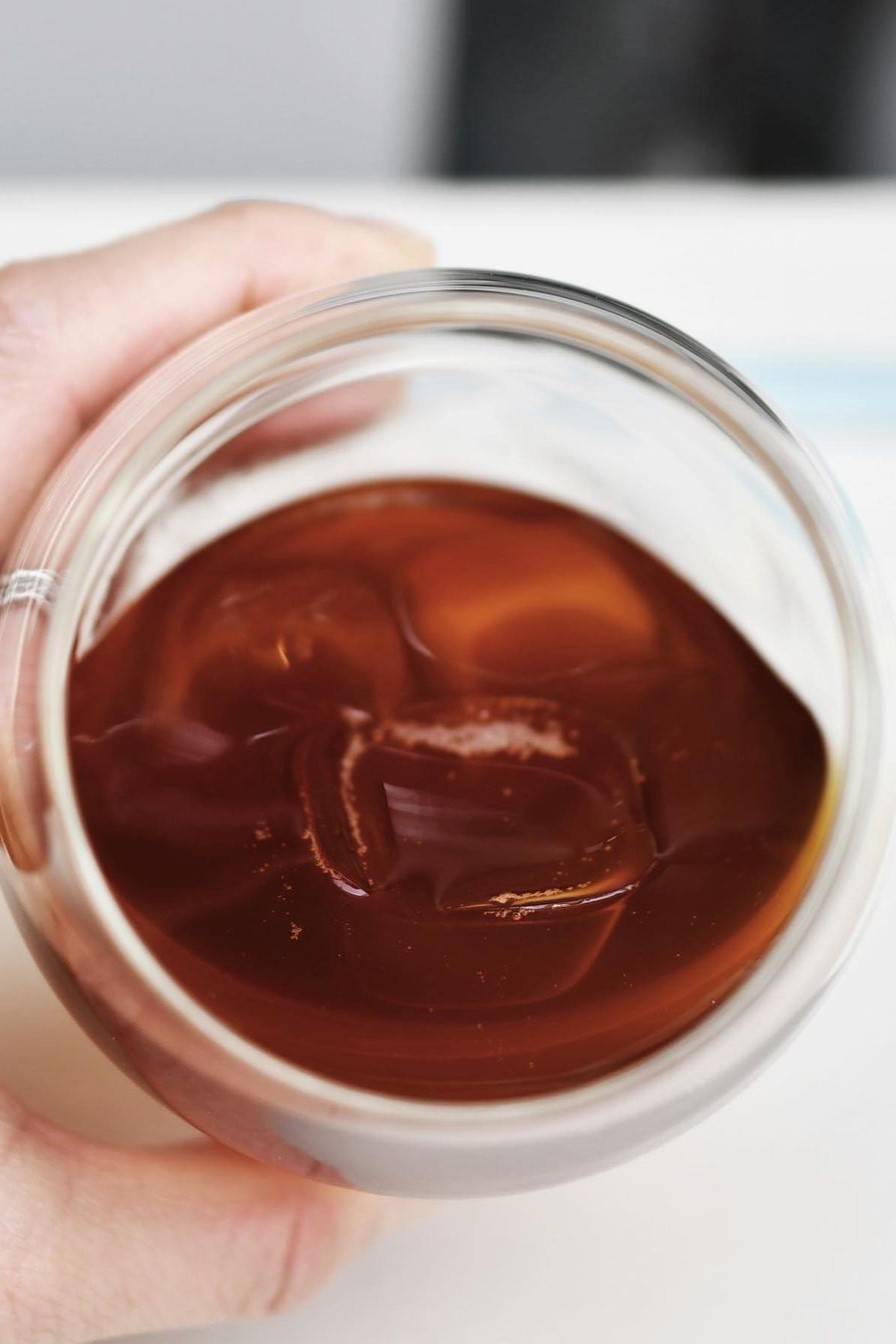
Image from @avensi_korea
Similarly, the temperature at which coffee is consumed can also affect the perception of certain aromatic molecules such as lactones and phenols, which contribute to the fruity and floral flavors of coffee. The researchers found that at lower temperatures (below 122 degrees Fahrenheit / 50 °C), the concentration of these aromatic molecules was higher, while at higher temperatures (above 122 degrees Fahrenheit / 50 °C), the concentration was lower. This suggests that the temperature at which coffee is consumed can affect the perception of these fruity and floral flavors.
In summary, the temperature at which coffee is consumed can affect the way that different volatile compounds and aromatic molecules are perceived, which can in turn affect the overall flavor and aroma of the coffee. Experimenting with different temperatures can allow you to discover and appreciate the full range of flavors and aromas in your coffee.
Flavor Development and Flavor Perception
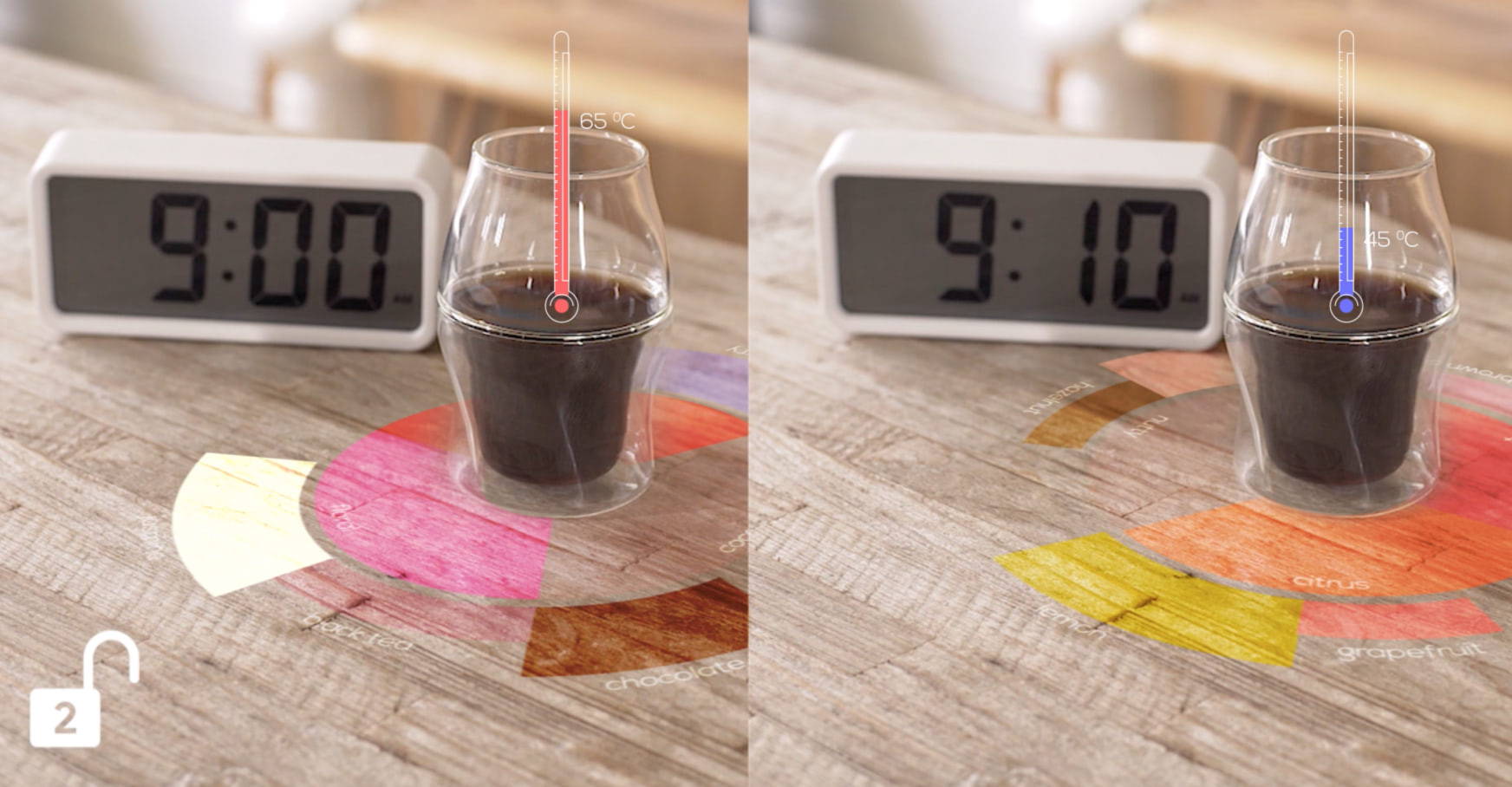
Image from @edinakoffee
In addition to the aroma, temperature can also affect the flavor notes and perception of coffee. Different notes, such as fruit, chocolate, or nutty, are more or less pronounced based on the temperature of the coffee. For example, a cup of coffee that tastes fruity and bright at a cooler temperature may taste more muted and caramel-like as it cools even more. Similarly, the perception of acidity in coffee is also influenced by temperature. A cup of coffee that tastes sharp and acidic at a warmer temperature may taste smoother and less acidic as it cools.
Other Factors
In addition to temperature, there are other factors that can also affect the perception of flavors in coffee, such as the roast level, origin, and brewing method. For example, a light roast coffee might have more fruity and floral flavors, while a dark roast coffee might have more chocolate and smoky flavors. Similarly, a coffee from a specific region might have unique flavors characteristic of that region, such as a Kenyan coffee with citrus and berry flavors. The brewing method can also affect the flavors of coffee, with pour-over and French press methods producing a fuller-bodied coffee with more intense flavors, while drip and cold brew methods producing a smoother and more delicate coffee.
So, what does this mean for coffee lovers? It means that it's worth exploring and experimenting with different temperatures to discover the full range of flavors in your coffee.
Next time you're enjoying a cup of your favorite brew, try sipping it at different temperatures to see how the flavor changes. You might find that a cooler temperature brings out more sweetness, while a hotter temperature highlights the coffee's bitterness and acidity.
Tips to get the most out of your coffee when it comes to the right temperature
- Let your coffee cool down a bit before drinking it. While it might be tempting to dive in as soon as your cup is ready, the flavor and sensory experience will be much better if you allow the coffee to cool down a bit first. The magic number to keep in mind is 122 degrees Fahrenheit (50 °C)
- Experiment with different temperatures to find what works best for you. Everyone's taste is different, and you might find that you prefer your coffee a little hotter or cooler than the optimal range. Of course, don’t be afraid to venture out of your comfort zone and explore the full range of flavors that your favorite coffee expresses at different temperatures that you’re no used to drinking at–you just might discover something new that you enjoy!
- If you’re really keen on experimenting with how temperature affects your favorite coffee’s flavors, serve the same coffee in two different cups. Cool the coffee in one cup faster than the other (hint: you can do this by swirling the coffee). Then do a side-by-side comparison between the two cups to see how the flavor is affected by the change in temperature!
Try using a sensory enhancing glass like ICOSA Brewhouse’s Avensi Glasses to maximize your coffee experience. The Avensi Glasses were created to transform your coffee-drinking into an active experience through swirling, which allows you to actively control your coffee’s temperature. With this Temperature Control feature, you have the power to discover your coffee's unique flavors and aromas by simply swirling your coffee to cool it down. And thanks to the hybrid thermal wall, your coffee will retain the desired drinking temperature for longer so you can appreciate those flavor notes that you enjoy.
Conclusion
By following these tips and paying attention to the temperature of your coffee, you can get greater enjoyment out of your daily cup of joe. Whether you prefer your coffee hot and bold or cool and nuanced, understanding the impact of temperature on flavor and sensory perception can help you get the most out of your coffee. Happy sipping!


